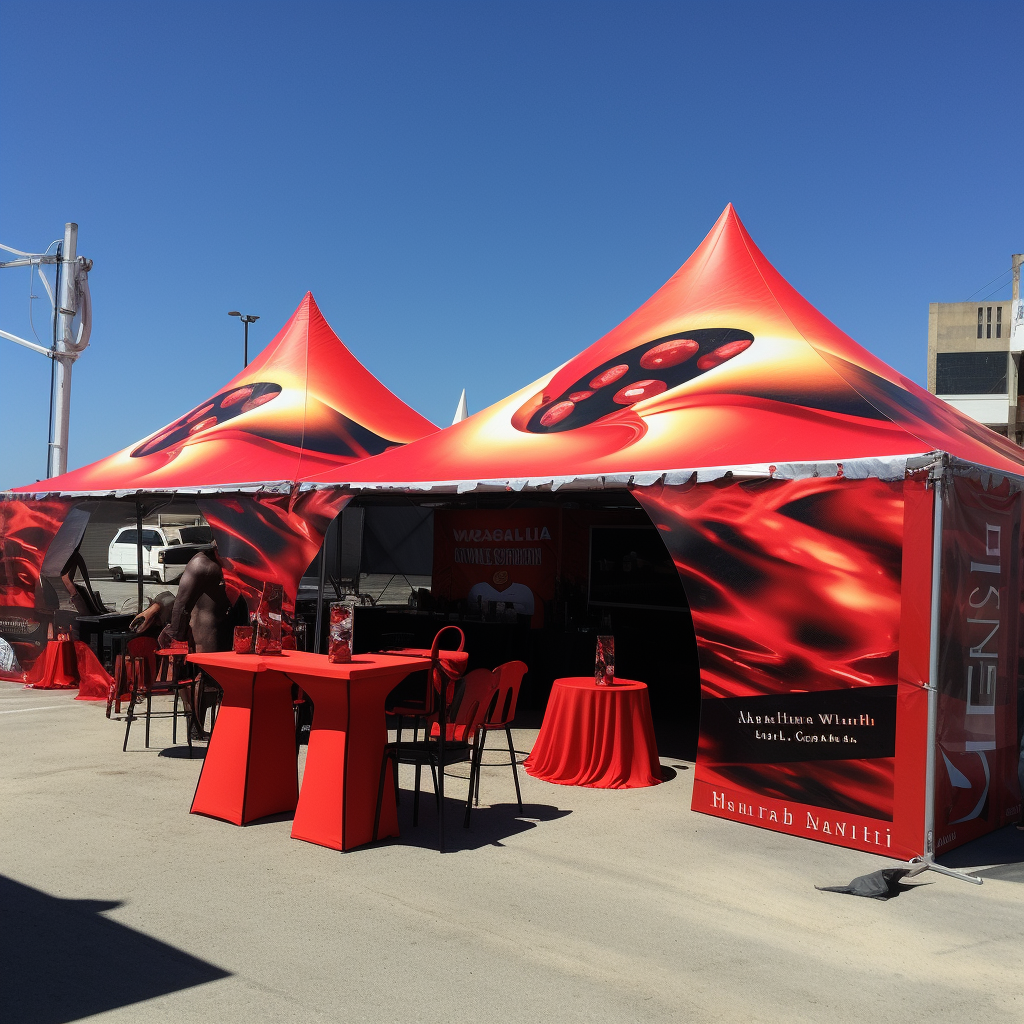
In the ever-evolving landscape of digital marketing, Facebook continues to be a powerful platform for businesses to connect with their audiences. One of Facebook’s lesser-known yet incredibly valuable features is the Test Event Tool. This tool allows marketers to simulate events and track their ads’ performance in real-time, providing invaluable insights that can help refine strategies and optimize campaigns.
The Test Event Tool enables you to verify if your event setup is working correctly. By simulating events, you can ensure that your tracking is accurate and that your ads are reaching the right audience. This preemptive testing can save you time and resources by identifying issues before your campaigns go live.
Understanding how to use this tool effectively can significantly impact your marketing efforts. It helps you gather data on user interactions, improve targeting, and ultimately enhance your return on investment (ROI). Whether you’re running a small business or managing a large brand, mastering this tool can provide a competitive edge in your advertising endeavors.
Ready to take your event marketing to the next level? Send a message to info@zodiacdisplays.com to amplify your efforts or visit our website at Zodiac Event Displays for more information.
Setting Up Facebook’s Test Event Tool

Setting up Facebook’s Test Event Tool is a straightforward process that can provide you with the data you need to optimize your ad campaigns. To get started, navigate to the Events Manager in your Facebook Business Manager account. Once there, locate the ‘Test Events’ tab, which is usually found under the ‘Data Sources’ section.
Here’s a step-by-step guide to help you set up the tool:
- Access Your Pixel: First, ensure that you have a Facebook Pixel installed on your website. This is crucial as the Pixel is responsible for tracking user interactions on your site.
- Navigate to Test Events: Go to the ‘Events Manager’ and select ‘Test Events’ from the menu. This will allow you to simulate various user interactions.
- Enter Your Website URL: In the Test Events tab, you’ll see a field where you can enter your website URL. Input the URL and click ‘Open Website’. This will open your site in a new window where you can perform test actions.
- Perform Test Actions: Interact with your website as a user would. For instance, add items to a cart, initiate checkouts, or complete purchases. These actions will be tracked and displayed in real-time within the Test Events tab.
- Verify Event Tracking: Check the real-time event tracking to ensure that all your actions are being recorded accurately. This will help you identify any issues with your tracking setup.
By following these steps, you can ensure that your Facebook Pixel is correctly tracking events, allowing you to gather accurate data for your ad campaigns. This preliminary setup is essential for leveraging the full potential of Facebook’s Test Event Tool.
Understanding Key Features and Metrics

Once you’ve set up Facebook’s Test Event Tool, it’s crucial to understand its key features and metrics to make the most of this powerful resource. Familiarizing yourself with these elements will enable you to fine-tune your ad campaigns and achieve better results.
Real-Time Event Tracking: One of the standout features of the Test Event Tool is its ability to track events in real-time. This immediate feedback allows you to see how users interact with your site, providing instant insights into the effectiveness of your event setup.
Event Match Quality: This metric indicates how well your website events match the actions users take on your site. A higher score means better data quality, which is crucial for accurate targeting and retargeting in your ad campaigns. Aim to improve this score by ensuring that your Facebook Pixel is correctly installed and configured.
Event Parameters: These are the additional pieces of information you can send along with an event, such as the value of a purchase or the type of product being viewed. Properly setting up event parameters can provide deeper insights into user behavior and help you create more tailored ads.
Custom Events: In addition to standard events like ‘Purchase’ and ‘Add to Cart’, you can create custom events to track specific actions that are unique to your business. For example, if you run a subscription service, you might want to track ‘Subscription Started’ or ‘Subscription Canceled’. Custom events give you more flexibility in measuring the actions that matter most to your business.
Debugging Information: The Test Event Tool also provides detailed debugging information, helping you identify and resolve issues with your event tracking setup. This feature is invaluable for ensuring that your tracking is accurate and reliable.
Understanding these key features and metrics will empower you to optimize your Facebook ad campaigns more effectively. By leveraging real-time tracking, enhancing event match quality, and utilizing custom events, you can gain a comprehensive understanding of your audience’s behavior and improve the overall performance of your marketing efforts.
Best Practices for Using the Tool

To maximize the benefits of Facebook’s Test Event Tool, it’s essential to follow some best practices. These guidelines will help you use the tool more effectively and ensure that your event tracking is accurate and insightful.
Regularly Monitor and Test: Make it a habit to regularly monitor and test your events using the tool. This proactive approach helps you catch any discrepancies or issues early, allowing for timely adjustments.
Verify Event Installation: Ensure that your Facebook Pixel and events are correctly installed on your website. Incorrect installation can lead to inaccurate data, affecting your ability to optimize ad campaigns. Use the Test Event Tool to verify that events are firing as expected.
Segment Your Events: Segmenting events by different user actions can provide more granular insights. For instance, you can differentiate between ‘Add to Cart’ events and ‘Purchase’ events to understand where users drop off in the sales funnel. This segmentation can help you target specific user behaviors more effectively.
Use Clear Naming Conventions: When creating custom events, use clear and consistent naming conventions. This practice makes it easier to understand and analyze your data, reducing confusion and ensuring that everyone on your team is on the same page.
Leverage Event Parameters: Take full advantage of event parameters to capture additional details about user actions. This extra layer of data can offer deeper insights and help you refine your ad targeting. For example, tracking the value of purchases can help you identify high-value customers and target them with tailored offers.
Regularly Update Your Events: As your business evolves, so should your event tracking. Regularly update and refine your events to align with new business goals, product offerings, or marketing strategies. This ensures that your data remains relevant and actionable.
By adhering to these best practices, you can make the most out of Facebook’s Test Event Tool. Regular monitoring, accurate installation, and thoughtful segmentation will provide you with the insights needed to enhance your ad campaigns and drive better results.
Common Issues and Troubleshooting Tips

Even with the best practices in place, you might encounter some common issues while using Facebook’s Test Event Tool. Here are a few typical problems and troubleshooting tips to help you resolve them efficiently:
Events Not Firing: If your events are not firing, make sure your Facebook Pixel is installed correctly. Double-check the code implementation on your website and ensure that it matches Facebook’s guidelines. Additionally, use the Facebook Pixel Helper extension to diagnose and identify any issues.
Incorrect Event Data: Sometimes, events may fire but with incorrect data. This can happen due to misconfigured parameters or dynamic variables not passing the correct values. Revisit your event setup in the Facebook Events Manager and verify that all parameters are correctly defined and mapped.
Duplicate Events: Duplicate events can skew your data and lead to unreliable insights. This often occurs when the same event is triggered multiple times due to page reloads or incorrect placement of the Pixel code. Ensure that your events are placed in the appropriate sections of your website, and consider using event deduplication techniques.
Delayed Event Reporting: There may be instances where events are reported with a delay. This can be due to browser settings, ad blockers, or network issues. While some delay is normal, prolonged delays should be investigated. Check your network connectivity and consider whitelisting Facebook domains in your ad blocker settings.
Unrecognized Events: If Facebook is not recognizing your custom events, ensure that they are properly registered in the Events Manager. Review the event naming conventions and parameters to make sure they align with Facebook’s requirements. Also, verify that there are no typos or syntax errors in your event code.
By understanding these common issues and implementing the suggested troubleshooting tips, you can effectively resolve problems and ensure that your event tracking remains accurate and reliable. This will enable you to make data-driven decisions and optimize your marketing strategy.
Case Studies and Success Stories
Learning from others’ experiences can be incredibly valuable when mastering Facebook’s Test Event Tool. Below are a few case studies and success stories that highlight the effective use of this tool to optimize ad campaigns and drive business growth:
E-commerce Growth: One e-commerce brand leveraged Facebook’s Test Event Tool to fine-tune their event tracking. By identifying and resolving issues with their purchase event, they were able to gain more accurate insights into customer behavior. This data allowed them to optimize their ad targeting and increase their return on ad spend (ROAS) by 25%.
Lead Generation Optimization: A B2B company used the Test Event Tool to troubleshoot their lead form event, which was not firing correctly. After pinpointing and fixing the issue, they saw a 30% increase in lead submissions. The accurate tracking enabled more precise ad targeting and improved the quality of leads generated.
Event Attendance Boost: An event management firm utilized the Test Event Tool to track registrations for their webinars. By ensuring that the registration event was firing correctly, they could better understand their audience’s behavior. This led to a 20% increase in registrations, as they could tailor their promotional efforts based on the insights gathered.
App Install Campaigns: A mobile app company faced challenges with tracking app installs. Using the Test Event Tool, they identified discrepancies in their install event tracking. By addressing these issues, they managed to optimize their ad campaigns, resulting in a 15% increase in app installs and improved user engagement.
These examples demonstrate how effectively using the Test Event Tool can lead to significant improvements in campaign performance and business outcomes. By learning from these success stories, you can apply similar strategies to your own campaigns and achieve remarkable results.
Looking to amplify your event marketing? Send a message to info@zodiacdisplays.com to discover how Zodiac Event Displays can help you stand out.









